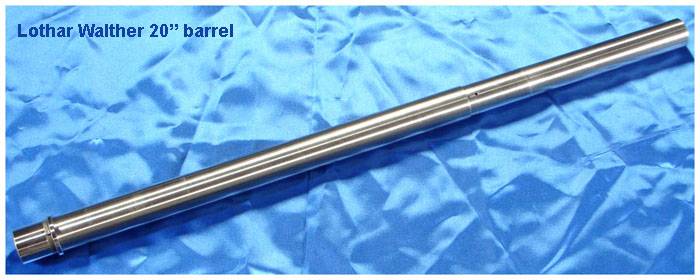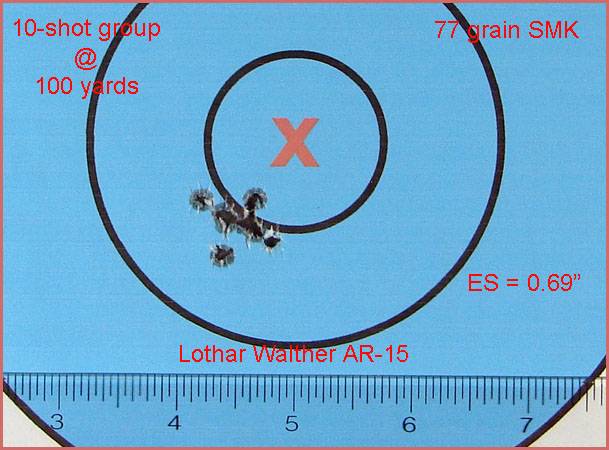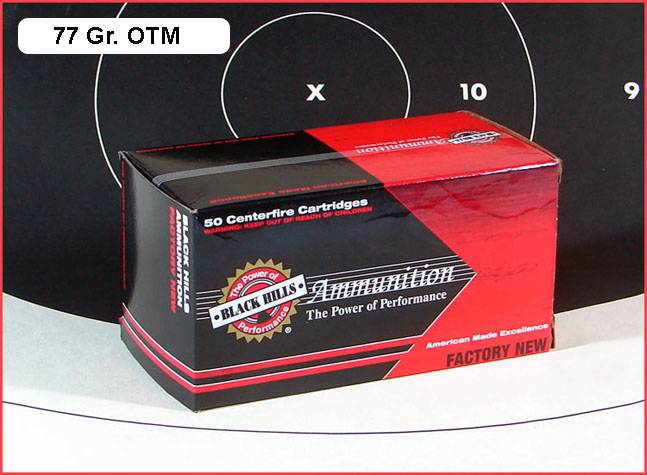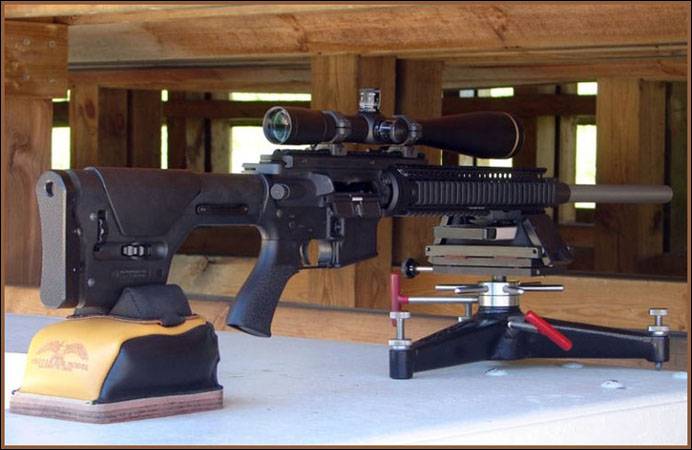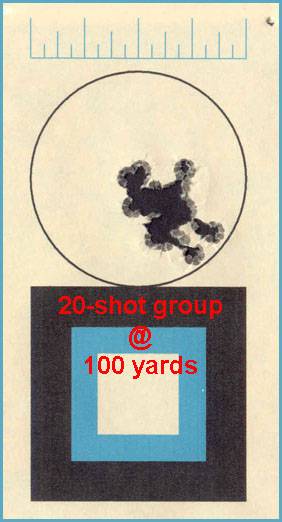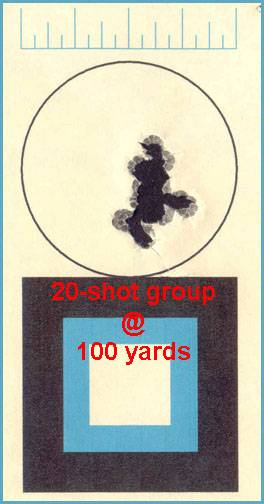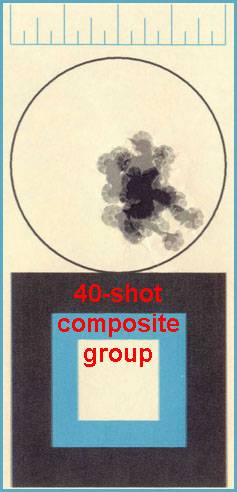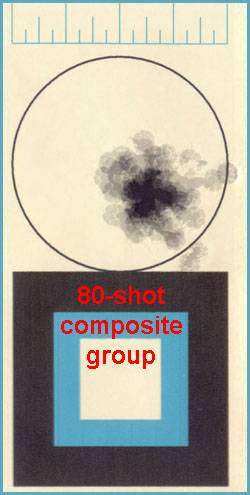BCM 5.56 upper. Was hitting PERFECTLY on target a few weeks ago and tonight when I went shooting with same ammunition I was hitting anywhere from 0.25-1.0" right consistently. This has been an issue I've had with 3 different uppers and 4 different optics so it's not my rifle.
The only things that have changed since last range session:
New BCG - but I was going from a mint condition NiB BCG to a mint condition DLC BCG so no change to mass.
Bipod instead of front bag. I'm loading rifle a bit more as a result, but besides that no change to form.
Different seating position (I was at a different range). Cheek weld and trigger discipline remained same.
Considering I've had this behavior with a bunch of different rifles it HAS to be something I'm doing.. but I can't think of it besides going to a bipod and getting a different BCG which shouldn't affect POI.
Also, just to make sure you all understand I don't believe my POI is wandering. Everything on my rifle is torqued to spec.
The only things that have changed since last range session:
New BCG - but I was going from a mint condition NiB BCG to a mint condition DLC BCG so no change to mass.
Bipod instead of front bag. I'm loading rifle a bit more as a result, but besides that no change to form.
Different seating position (I was at a different range). Cheek weld and trigger discipline remained same.
Considering I've had this behavior with a bunch of different rifles it HAS to be something I'm doing.. but I can't think of it besides going to a bipod and getting a different BCG which shouldn't affect POI.
Also, just to make sure you all understand I don't believe my POI is wandering. Everything on my rifle is torqued to spec.


